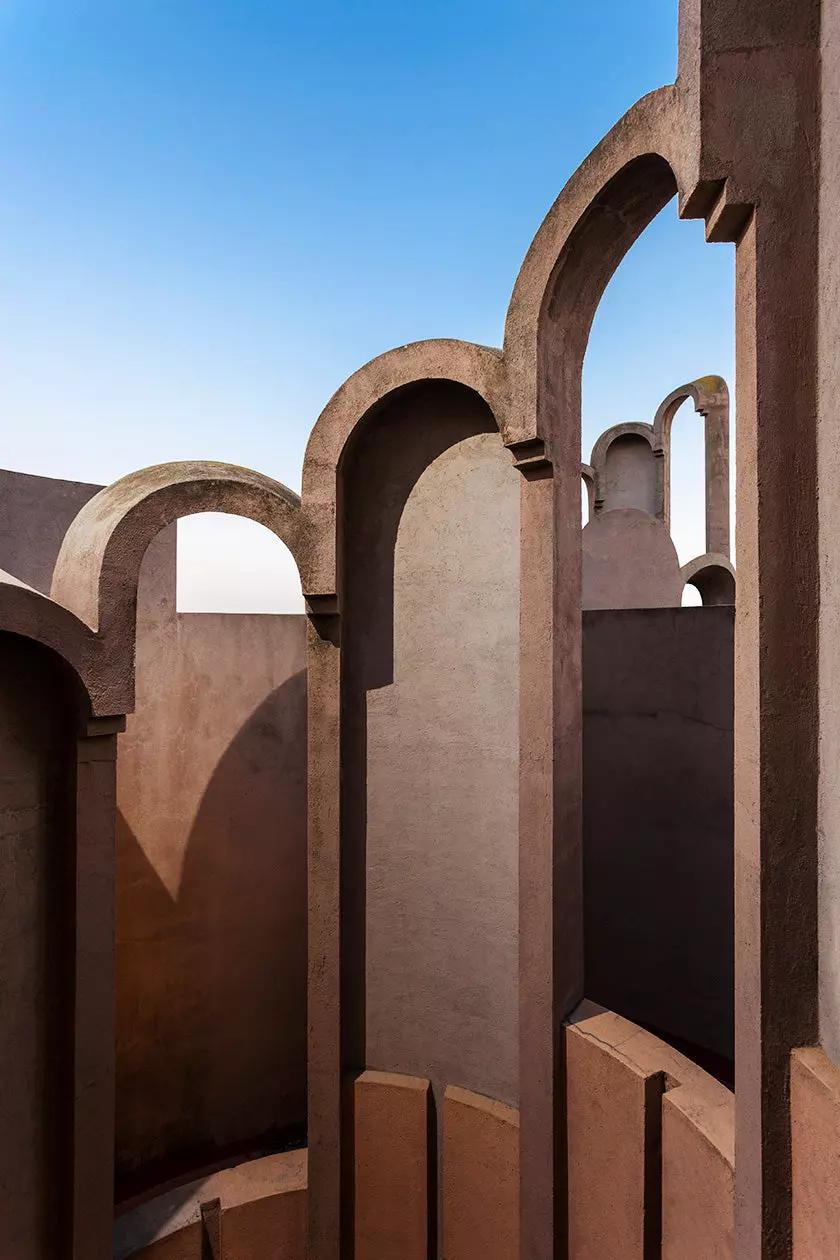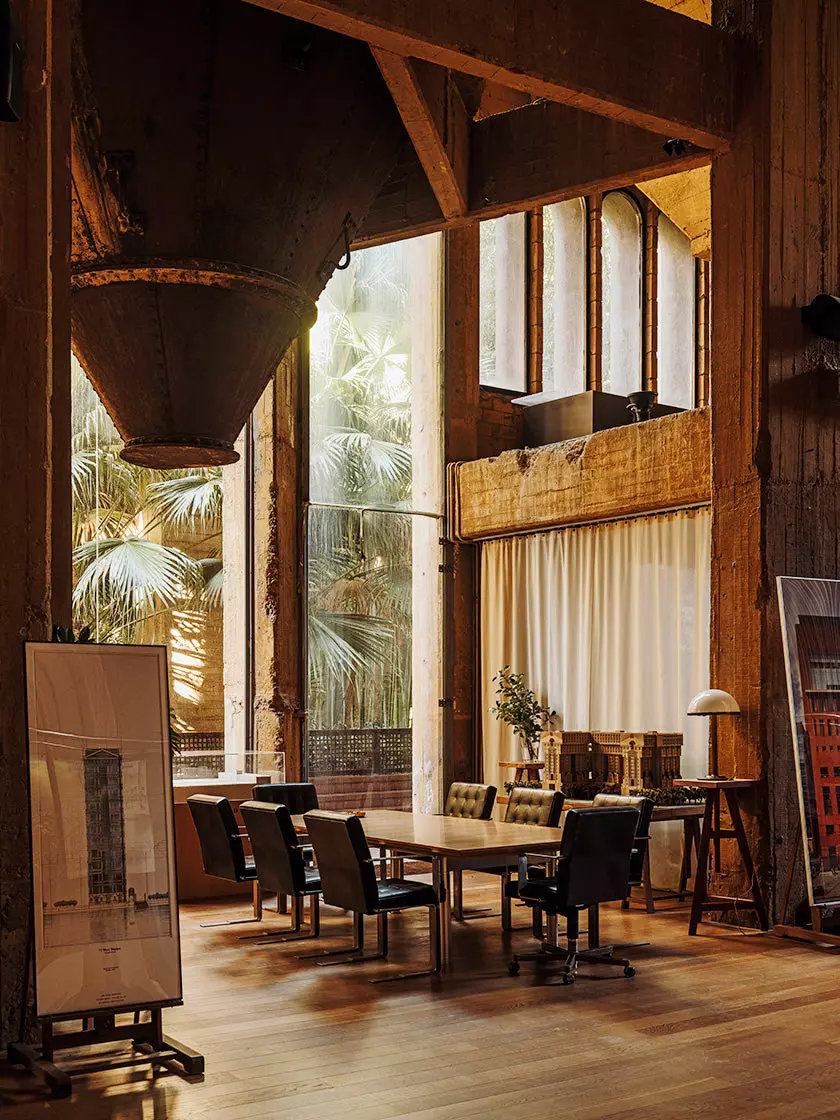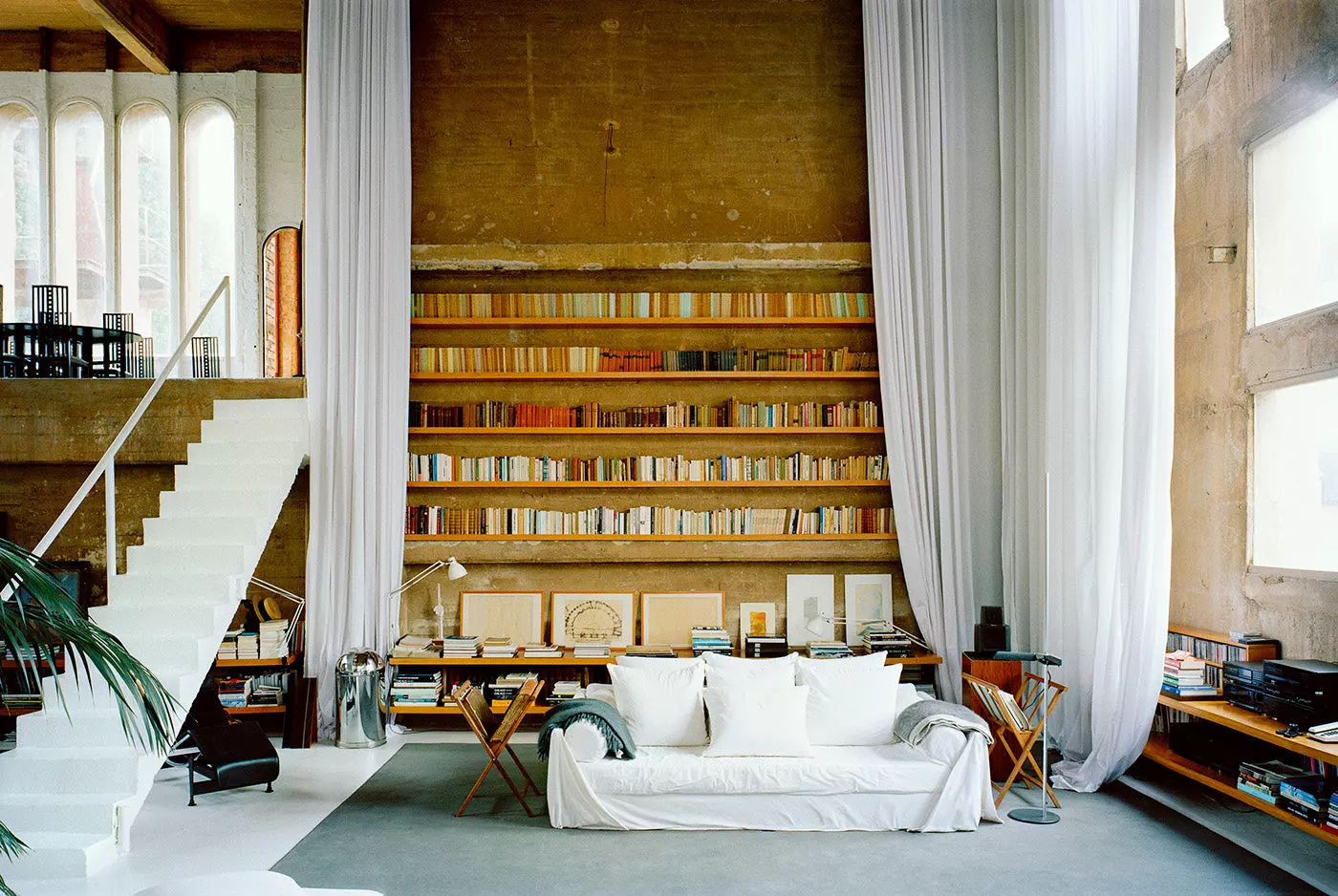
In 1973, during the final years of Franco's dictatorship in Spain, architect Ricardo Bofill faced a dilemma. His plans to build a new home in Barcelona's barrios were rejected by city planners. In search of a creative outlet, he found solace in an unlikely place - a cement factory on the outskirts of the city. Little did he know that this factory would become his muse and a testament to his career-defining manifesto.
A Legacy of Radical Ideas and Utopian Intentions
Today, on his 80th birthday, we reflect on Ricardo Bofill's legacy. His architectural philosophy has always been centered around community and a vision of communal living that unites people. Influenced by his parents' liberal beliefs and values, Bofill strives to create spaces that serve a higher sense of human purpose and integration. From Espaces d'Abraxas to Walden 7 to Muralla Roja, his projects are monumental achievements that embody his idyllic approach to architecture.

From Brutalist Structure to Romantic Marvel
While all of Bofill's projects are remarkable, La Fábrica truly encapsulates his vision and worldview. This abandoned cement factory, once a symbol of Spain's booming industrial sector, has been transformed into a romantic marvel. Bofill describes the challenge of dealing with an existing structure and finding the balance between preservation and demolition. His sensitive juxtaposition of contemporary architectural interventions highlights the historical value of the building. La Fábrica stands as a testament to the belief that architectural transformation can enhance a structure's legacy.

A Counter-Cultural Statement
La Fábrica represents not only a creative milestone but also a deliberate rejection of luxury. Bofill intentionally infuses an anti-luxury tone throughout the development, challenging the prevailing elitism in architecture. Instead, he creates a space that embraces a variation of styles, including Brutalism, Surrealism, Historicism, Postmodernism, and Art Nouveau. La Fábrica is Bofill's modern castle, a manifestation of his definition of beauty and design.

A Green Oasis
After the deconstruction of the industrial past, Bofill focused on transforming the brutal concrete facade. His vision was to let vegetation devour the building, creating a closed and withdrawn environment within his studio. The greenery not only provided camouflage for the labyrinthine structure but also added layers of invisibility and complexity. La Fábrica now stands as a monumental anatomy of art, concrete, and palm trees, evoking a sense of awe and fascination.

A Source of Inspiration
La Fábrica is not just a physical space but a source of inspiration for Bofill. It serves as the nucleus of his ideas, influencing projects like Arcades du Lac and the Maritxell Sanctuary. Within the walls of his home and studio, Bofill fully immerses himself in his architectural and interior visions. The beauty of this converted industrial feat captivates design enthusiasts and acts as an ongoing muse for Bofill and his pioneering studio. Perhaps when La Fábrica is completed, it will mark the culmination of Ricardo Bofill's remarkable body of work and career.
Step into Ricardo Bofill's Visions of Architecture and discover the world he has created.












